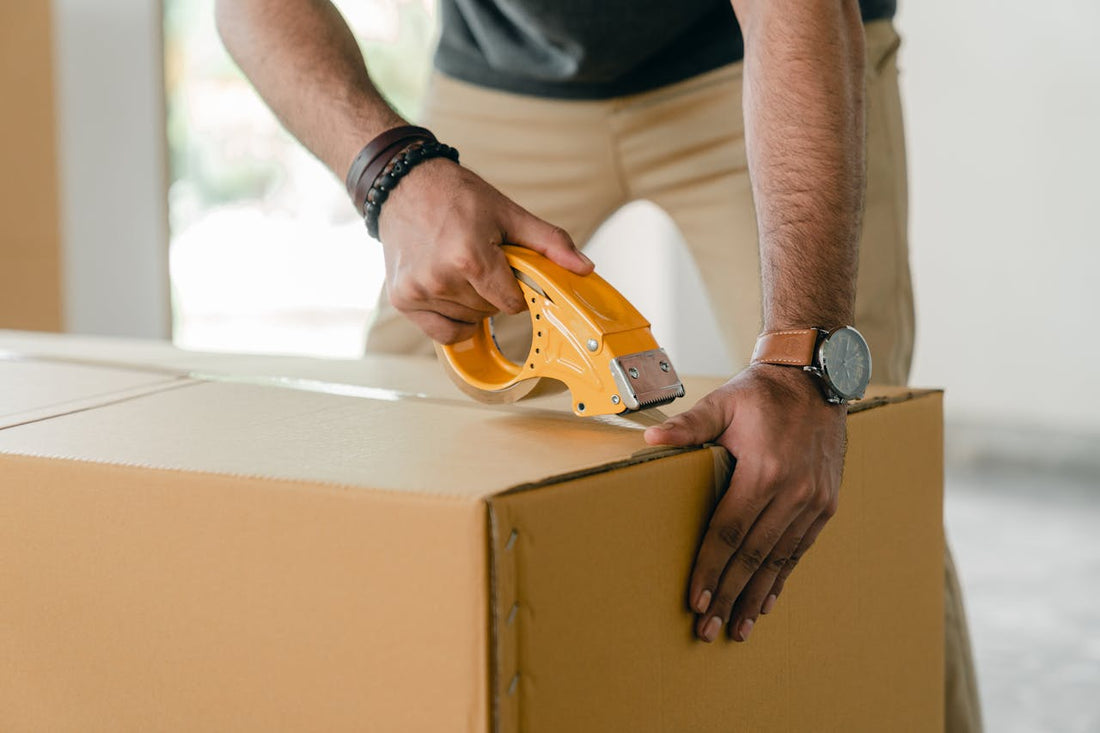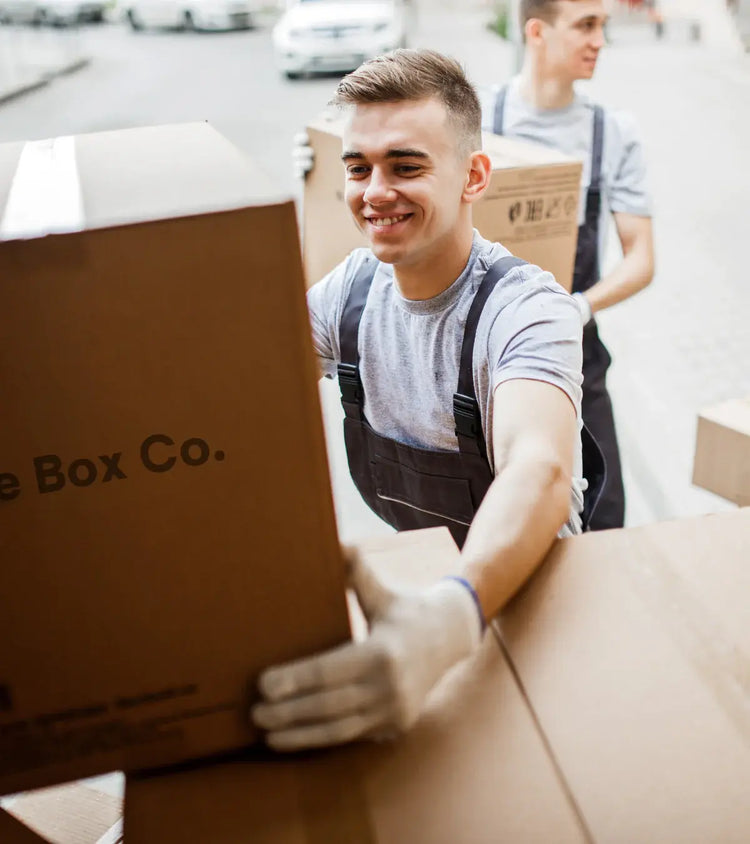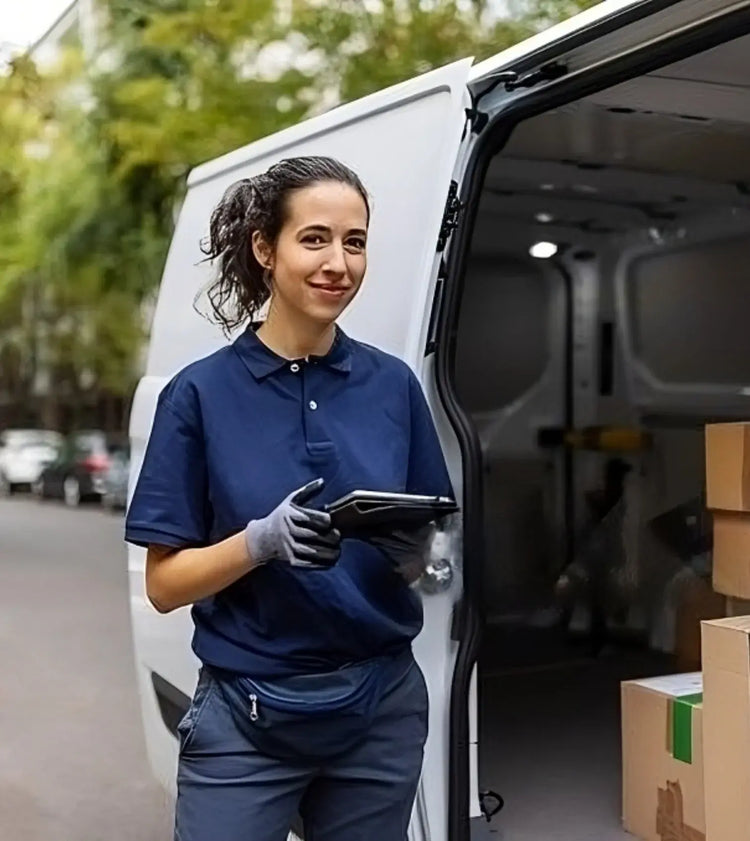
How To Pack For Long-Term Storage

Share
Wondering how to pack for long-term storage? You've come to the right place.
Whether you're downsizing, moving abroad, or simply needing to declutter your home, long-term storage is a great way to keep your stuff safe and secure.
But to make sure everything stays in top condition, it's important to pack your items properly before placing them into storage.
In this guide, we’ll cover everything you need to know about how to pack for long-term storage, including tips on cleaning, protecting, and organising your items.
Why Preparation Is Key for Long-Term Storage
When preparing for long-term storage, the first step is understanding why careful planning matters. Without proper preparation, items stored for extended periods can suffer from: Dust and dirt build-up, moisture damage, mould or mildew, temperature fluctuations and pest infestations.
To prep properly, start by sorting your stuff into categories:
- Keep
- Donate or sell
- Throw away
- Store
Only pack what you truly need to keep in storage. Sentimental or frequently used items might be better stored at home, while out-of-season clothes, furniture, sports gear and other items that you don't use regularly can go into long-term storage.

Clean and Protect Your Stuff Before Storing
Cleaning your stuff before storage is very important. Any dirt, dust, or moisture left behind can contribute to permanent damage over time.
Tips for cleaning items for storage:
Furniture: Wipe down wooden furniture with a mild cleaner and apply a protective polish or wax.
Leather goods: Use a leather-safe cleaner and conditioner.
Clothing: Wash and dry all clothes to prevent musty smells or mould.
Electronics: Remove batteries and wipe surfaces to prevent corrosion or dust build-up.
Once clean, protect your items with the right packing materials. Wrap fragile items in bubble wrap, use dust covers for furniture, and place small parts like screws in labelled bags. Disassemble large furniture to save space and reduce the risk of damage.
See our guide around how to pack fragile items.
Use the Best Packing Materials for Long-Term Storage
Investing in high quality packing materials is one of the best ways to protect your items in storage.
Recommended packing supplies include:
- Sturdy cardboard boxes (avoid reused or damaged ones)
- Bubble wrap and packing paper
- Furniture covers or moving blankets
- Vacuum-sealed bags for clothes or bedding
- Labelled plastic bags for small parts
- Clear labels and markers for easy identification
Avoid plastic bags - they trap moisture and encourage mould growth. Instead, choose breathable fabric storage bags or heavy-duty boxes designed for storage.
Pro tip: Create a detailed inventory list. It’ll help you track what you’ve packed and make it easy to get everything back later.
Packing For Long-Term Storage
Packing your items the right way can save space and keep everything in great condition.
Best practices for packing boxes for storage:
- Place heavier items at the bottom of boxes.
- Put lighter, fragile items on top.
- Fill gaps with packing paper or foam peanuts to prevent shifting.
- Avoid overpacking boxes—they should be easy to lift and carry.
For larger items like furniture:
- Disassemble where possible.
- Wrap each part separately.
- Label pieces for easier reassembly later.
When loading your storage unit, stack heavier boxes at the bottom and lighter ones on top.
Leave space between boxes and walls to encourage air circulation and reduce moisture risk.
Read: Best Packaging Materials for Fragile Items
Choosing the Right Long-Term Storage Unit
Not all storage units are equal—choosing the right one can significantly impact how well your items are looked after.
Key things to look for with long-term storage:
Size: Choose a unit large enough to avoid cramming, which can damage items.
Climate control: Ideal for wooden furniture, electronics, photographs, and documents. Prevents warping, mould, and deterioration.
Accessibility: Think about how often you’ll need to access your items.
Or, save yourself the stress and use a storage-by-the-box service like The Box Co., which collects and delivers your storage directly to your door. It’s a space-efficient, cost-effective alternative to traditional self-storage.
Pack Smart, Store Safely
Long-term storage doesn’t need to be stressful. With the right preparation, packing materials, and a reliable storage provider, you can rest assured that your stuff is safe and well-preserved.
To recap:
- Clean and protect everything thoroughly.
- Use the right packing supplies.
- Pack methodically to prevent damage.
- Choose a secure, climate-controlled storage solution.
- Consider storage-by-the-box for a more flexible and convenient option.
Need help getting started? Explore secure, affordable long-term storage with free collection and delivery from The Box Co.



